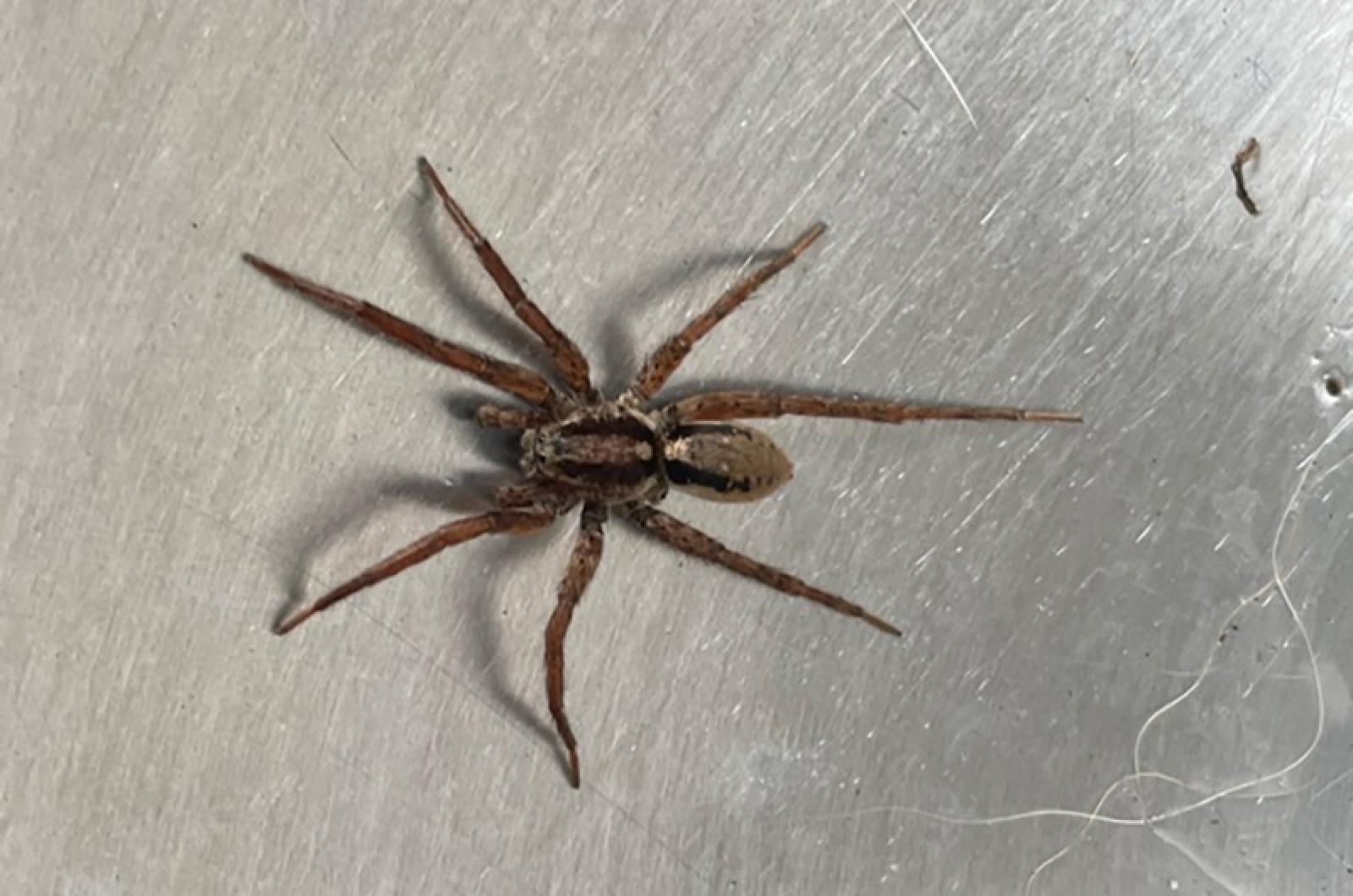Sundays are for spider speculations.
While I have many friends and acquaintances, there is something special about my friend Susan. Perhaps my biggest fan and prolific provider of nature questions, topics and photos, she sent me a suggestion for this week’s column with a photo of a spider.
Have you done nursery web spiders, she asks, they are out and about?
Looking at the photo, I asked if she was sure if was a nursery web spider, which led to a great debate that only nature nerds would appreciate. Wolf or nursery web spider?
Often confused, these two types of spiders are big and hairy, enough to turn off many even before an investigation begins. Susan and I are not deterred by shaggy and leggy and are happy to dig deeper and get up closer and personal which is necessary to distinguish between the two spiders.
Start with the location of the beast. Is it on the ground or above it? Wolf spiders are ground dwellers while nursery web spiders can be found on vegetation and other vertical structures. Their chosen landscapes lead to another specification — eye placement. Nursery web spiders have two u-shaped rows with four eyes in each row. Wolf spiders have three rows of eyes in a two, two, four configuration.
During spider baby season (coming in May and June), the difference is distinctive. If the eggs are carried at the posterior or back end under the abdomen, you have a wolf spider. After hatching, wolf spiderlings will crawl atop the abdomen and her back will be covered with the little lads and lasses.
Nursery web spiders carry their eggs on the front side of their bodies, in their chelicerae or pincher-like fangs and look like a small, white, golf ball-like sac. When the young are ready to hatch, the nursery web spider will build a funnel-like web shelter, transfer her eggs there and guard them until they hatch.
This natal nest is the only web that nursery web spiders build. They catch their prey live and don’t employ a web to trap their food. Wolf spiders do employ a web to ensnare their food quarry.
There are additional clues, location, posture, coloration and other characteristics that will help differentiate them and other spiders. With just a photo, distinguishing between these species can be difficult. When I questioned her ID, Susan dug even deeper into the subject spider. Back and forth we went on the features, habitat, behaviors until after some more research, Susan suggested yet another spider family, the grass spiders, though admitting that she won’t “bet the ranch” on that species either. Reminding her about the eye structure as tool for ID, I sent her a key to spider eyes (yes, there is such a thing).
Without a closeup of the eyes, I won’t bet the ranch either. No matter where the ID ends up (Inaturalist nature app suggests wolf spider) I’ll accept that neither of us are spider specialists, just friends who enjoy a great arachnid debate.
Suzan Bellincampi is director of the Felix Neck Wildlife Sanctuary in Edgartown, and author of Martha’s Vineyard: A Field Guide to Island Nature and The Nature of Martha’s Vineyard.







Comments
Comment policy »